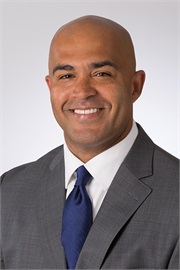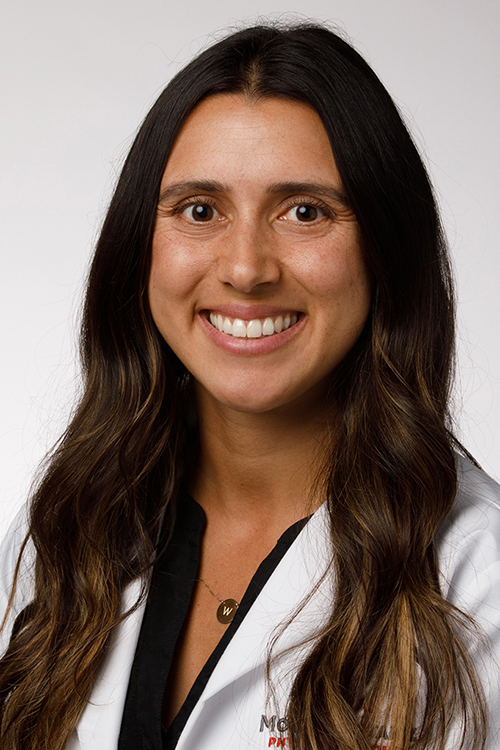Schedule an appointment
Call 814.689.3140 to schedule an appointment with one of our specialists.
Current patients may also request an appointment online at MyMountNittanyHealth.com.
Overview
We provide comprehensive evaluation and treatment of vascular disorders, including peripheral arterial disease (PAD), renal arterial disease and vein disorders.
For your convenience and comfort, many of these treatments can be performed in our office, and most are covered by insurance. We also emphasize lifestyle modification to prevent progression of vascular disease and improve overall health.
Vein conditions & treatments
We treat a variety of vein conditions including:
- Varicose veins
- Spider veins
- Venous ulcers
Our vein specialists work directly with you to design a customized treatment plan to best achieve your goals.
Peripheral Arterial Disease & treatments
We specialize in the diagnosis and treatment of Peripheral Arterial Disease (PAD). PAD occurs when plaque buildup results in narrowing or blockages in arteries carrying blood to the extremities, most commonly the legs.
Our advanced endovascular treatment options are minimally invasive and performed at our state-of-the art cardiovascular pavilion.
Location
The Mount Nittany Physician Group Cardiology - Vein & Vascular Clinic offers services at:
2 providers


